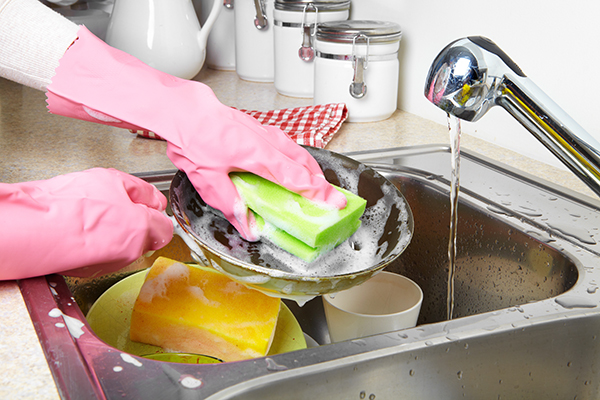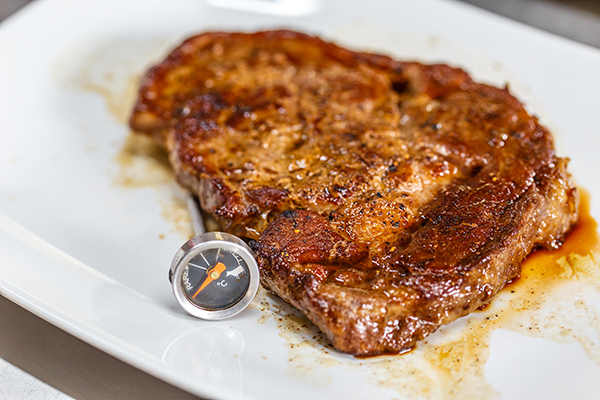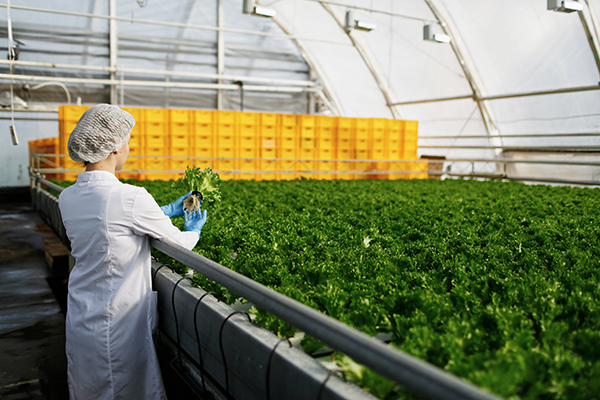Crafting Effective SOPs to Serve as your Food Safety Foundation
As I was writing my last blog, I realized I referenced standard operating procedures (SOPs), assuming that every foodservice operation has them. I know that most chain operations have them, but I suspect that several independent operations may not have a set of SOPs developed for their operations. Because of my suspicion, I made a few calls to friends I know who manage independent operations to find out if I was correct or not. While I only called a handful of operators, I discovered that about 50% of those whom I called did not have SOPs in their operation. Thus, I thought I might focus my blog this week on where to start in crafting effective SOPs for your operation.
Food safety is a top priority in any foodservice operation, and you must agree, otherwise you would not be reading this blog right now. Having clear, structured processes in place is essential for maintaining high standards. Good SOPs are one of the most effective ways to ensure food safety is consistently upheld.
SOPs are detailed, written instructions that guide employees in performing tasks correctly and safely. For foodservice operations, they help minimize risks like contamination, foodborne illness, and improper handling.
Before creating your SOPs, it’s important to understand the key food safety regulations and guidelines that apply to your operation. These regulations will vary by location but generally cover aspects like safe food handling, storage, temperature control, and hygiene. Familiarize yourself with local health codes and national standards, such as those set by the FDA Food Code or ServSafe, to ensure compliance.
Identify the critical food safety processes within your operation – and each operation will be different. Are you an assembly-serve foodservice with minimal cooking on-site or are you a fine dining operation where everything is made from scratch? Regardless of the type of production system you use, there are SOPs that you will need and determining these processes is a vital first step. These are the areas where errors or lapses in procedures can result in foodborne illnesses, contamination, or safety hazards. These high-risk areas are where SOPs will make the biggest impact.
Some critical processes to focus on:
Once you’ve identified the key processes and risks, it’s time to develop detailed SOPs that cover each of these identified areas. Each procedure should be simple, clear, and easy to follow, leaving no room for ambiguity.
…the areas where errors or lapses in procedures can result in foodborne illnesses [and] these high-risk areas are where SOPs will make the biggest impact.
Each SOP should include a detailed, step-by-step description of the task, from start to finish. Be specific about what needs to be done and who is responsible for each step. For example, if the SOP is about proper handwashing, it should detail the steps of handwashing, how long it should take, and when employees should wash their hands (for example, before handling food, after touching raw meat, when returning to the kitchen, etc.).
Within the SOP, be sure to list any tools, equipment, or supplies needed to complete each task safely. For example, if an SOP involves using a food thermometer, specify the types of thermometers to use and how to calibrate them. Many food safety procedures require ongoing monitoring (e.g., temperature checks, cleaning schedules). Clearly define how often these checks should occur and who is responsible for them.
If your head is spinning with all the work this will take, there are some tools that could help. Two of my favorites are the Iowa State University SOP documents and The Institute of Child Nutrition SOP documents. Both are available free of charge. These are great places to start, but be sure to adapt them to your operation and your local food safety regulations.
SOPs are only effective if your staff understands and follows them. Regular training is essential to ensure that employees are familiar with food safety procedures and know how to apply them in their day-to-day tasks.
It is also important to remember that once you have your SOPs established, food safety guidelines, regulations, and industry best practices can change over time. It’s important to periodically review your SOPs to ensure they remain up to date and compliant with the latest food safety standards. Risk Nothing.
READ MORE POSTS
Properly Cleaning and Sanitizing: The Right Chemical Mix to Maintain Ultimate Effectiveness
A few weeks ago, my family and I had the pleasure of setting sail on a cruise vacation. It is truly one of the only ways that I find that I am able to unplug from work and relax for a small spell. However, as I walked around the ship in our post-COVID world, I couldn’t help but admire all the extra cleaning steps the staff were undertaking to keep us all as safe as possible while in the middle of the ocean with 3,000 other vacationers. All of this cleaning and sanitizing had me thinking about how we each clean and sanitize our own operations and which chemicals we chose to use.
Proper Cooking Temperature: A Basic Food Safety Measure
Each summer, we see an increase in the incidence of foodborne illnesses. Perhaps this is because of the warmer temperatures making temperature control for Time/Temperature Control for Safety (TCS) food more difficult or perhaps it is the increased amount of people who are barbequing this time of year – it is National Picnic Month, after all!
Changing Climate: The Unseen Impact on Food Safety
In June, I was asked to participate in the Allinfoodz podcast, put on by a colleague, Dr. Amit Sharma, at Penn State University. One of the points Dr. Sharma wanted to discuss was the impact of climate change on food safety, which is something I was certainly aware of, but not something I had done much research on. However, when preparing for the interview and podcast, it was interesting to learn more about the relationship between the two.
Thawing Food with Food Safety in Mind
There comes a time in almost every foodservice operation where you must thaw food. Yes, I know there are those operations who have moved to fresh products only and don’t have a freezer in-house, but I am willing to bet that is more the exception than the norm. I am almost sure that anyone reading this blog who works in a foodservice operation can regurgitate what methods are acceptable to thaw food per the FDA Model Food Code. In case you don’t recall, I will discuss them briefly, but I wanted to spend some time covering these requirements a bit more in-depth – so you not only know WHAT to do, but the WHY we do it that way.










